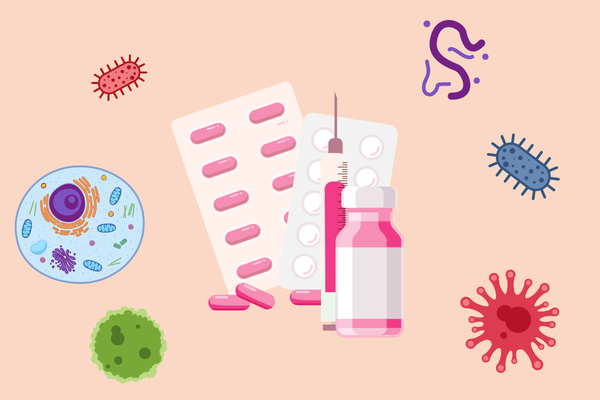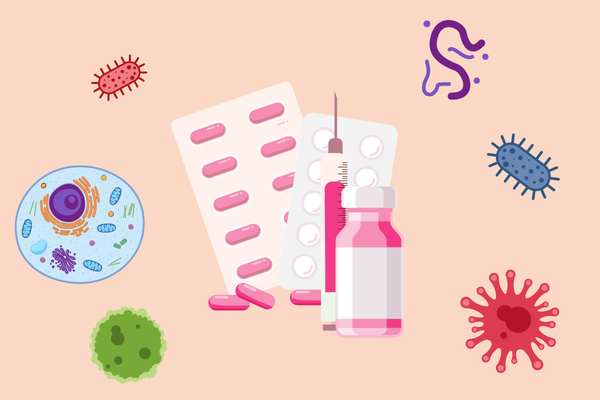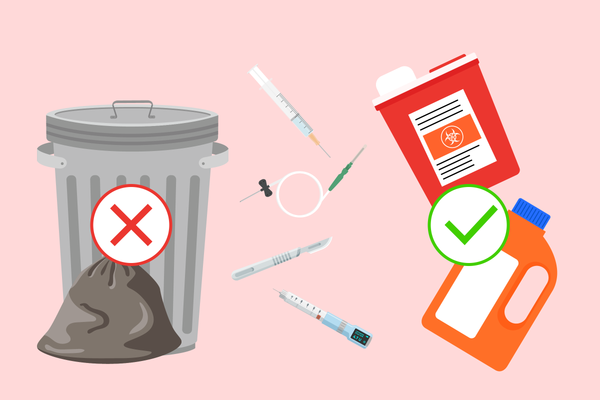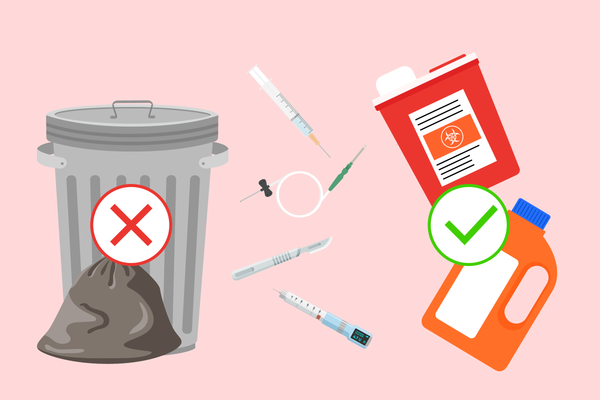This article has been archived. We will no longer be updating it. For our most up-to-date information, please visit our medication safety information here.
By Elizabeth Shimer Bowers
If you are taking anticoagulant medication, chances are you are doing so for a good reason. These drugs help prevent blood clots, lowering your risk of stroke and pulmonary embolism. You may be taking anticoagulants because you've had a stroke in the past or because you have a condition known as atrial fibrillation (AFib) or have had a heart valve replacement.
By preventing clots, anticoagulants help keep you healthy and stroke-free. In fact, anticoagulants have been shown to reduce the risk of stroke in people with AFib by about 68 percent.
However, like many medications, anticoagulants come with some side effects and risks. The better you understand these risks, the more prepared you will be to recognize warning signs of a potential problem. When it comes to anticoagulant bleeding risk and management options, here's what you need to know:
How do anticoagulants work?
Although anticoagulants are commonly called "blood thinners," they do not actually thin the blood. Instead, they help prevent blood clots.
Traditional anticoagulants, like the widely used warfarin (Coumadin), thwart blood clots by reducing specific proteins called clotting factors. The liver cannot make clotting factors without vitamin K—a common vitamin found in spinach and other leafy greens, cabbage and cauliflower. These older anticoagulants work by interfering with vitamin K, which then blocks the production of certain clotting factors and prevents clots from forming.
More recent anticoagulants including apixaban (Eliquis), dabigitran (Pradaxa), edoxaban (Savaysa, Lixiana) and rivaroxaban (Xarelto) work differently than the traditional vitamin K antagonists in that they do not interfere with the liver or block vitamin K. Instead, they interfere with the production of thrombin, a substance necessary to complete the process of blood clotting.
How do anticoagulants increase bleeding risk?
Forming blood clots is your body's way of stopping bleeding, but anticoagulants can prevent this normal response. Clots, like a drain plug, physically obstruct the flow of blood at the site of bleeding. The potential risk from anticoagulants is that you may continue bleeding, even when your body requires a clot, which can happen even at a normal dose of medication.
How can you manage bleeding risk associated with anticoagulants?
There are a number of things you can do to minimize the risk of bleeding while taking anticoagulants, including the following:
- Take anticoagulants as prescribed. Because of the increased risk of bleeding if the dose goes too high or clotting if it goes too low, it's important to take anticoagulants exactly as your doctor has prescribed them. It is important to not miss even one dose of the newer anticoagulants and to take it at the same time every day. If you miss a dose or accidentally take too much, call your health care provider right away.
- Monitor the effects. With anticoagulants, the goal is to decrease the clotting tendency of your blood without preventing clotting completely. After all, some blood clotting is necessary. With warfarin, the best way to do this is with a blood test used to measure the time it takes blood to clot, called the prothrombin time test, or protime (PT). You may need to get this test at least once a month and perhaps as often as twice a week until the ideal dose for you is determined. The standardized way of measuring PT is with the International Normalized Ratio (INR). The exact range is determined by your condition, but in general, a normal INR is between 2.0 and 3.0. If it's less than 2.0, your blood is too thick and you are at an increased risk for clots. If it is above 3.0, your blood is too thin and you are at risk for bleeding. Warfarin may also be affected by other medicines, so be sure and tell your health care provider about any other medications you are taking. The effects of the newer anticoagulants are harder to measure, so they are not commonly monitored.
- Ask your health care provider about reversal agents. Sometimes it's necessary to reverse the effects of anticoagulants, such as if you need emergency surgery or have life-threatening uncontrolled bleeding. Vitamin K is the reversal agent for warfarin. The U.S. Food & Drug Administration (FDA) has approved idarucizumab (Praxbind) as a reversal agent for dabigatran (Pradaxa) in emergency situations. Although the other novel anticoagulants do not yet have approved reversal agents, the FDA says it is worth allowing those agents to be used, because three (Pradaxa, Eliquis and Savaysa) proved superior to warfarin in preventing strokes and other significant blood clots in trials. And none caused more bleeding than warfarin, while two (Eliquis and Savaysa) caused less bleeding. Research continues on developing reversal agents for the other new anticoagulants. Andexanet alfa has been tested as a reversal agent for apixaban (Eliquis) and rivaroxaban (Xarelto) and is currently going through the FDA approval process.
- Report any accidents or falls. Excessive bleeding can occur in any area of the body, internally or externally. An accident or fall could lead to bleeding from an injury you cannot see, so it's important to report such an incident to your health care provider as soon as possible.
- Look for signs of unusual bleeding. If you experience any of the following bleeding signs, call 911 or your health care provider right away:
- Severe headache, confusion, weakness or numbness
- Vomiting blood
- Coughing up blood
- Excessive menstrual bleeding
- Bleeding that won't stop
- Severe nosebleed
- Blood in your urine
- Bloody or dark stool
- Be gentle. While you are taking anticoagulants, a few simple lifestyle changes can help reduce your risk of injury and bleeding. These include the following:
- Shave with an electric razor rather than a blade.
- Wear cut-resistant gloves when working with knives.
- Avoid activities that come with a high risk of falling, such as contact sports or climbing a ladders.
- Wear a helmet if there is any chance you could hit your head during specific activities, such as bike riding (of course, everyone should wear a helmet when bike riding).
- Be careful when using sharp objects, such as scissors, knives or power tools.
- Use a soft-bristle toothbrush and floss with waxed floss.
- Keep plenty of bandages and first aid supplies on hand.
- Keep potential interactions in mind. A number of medications, vitamins, herbs and other things can interfere with some anticoagulants, resulting in an INR that is too low or too high. Some of the most common include:
- Nonsteroidal anti-inflammatory drugs: These include prescription and over-the-counter ibuprofen (Advil, Motrin), naproxen (Aleve) and aspirin.
- Alcohol: Alcohol can also interfere with the way anticoagulants work. People taking anticoagulants should drink only occasionally and limit their intake to no more than one or two drinks at one time.
- Vitamin K: If you are taking anticoagulants, try to keep your intake of foods rich in vitamin K, such as olives, olive oil, broccoli, kale, and spinach, consistent from week to week. Eating too much can lower the INR, increasing risk for blood clots.
- Alert others. If you take anticoagulants regularly, wear a medical alert bracelet, necklace or tag that tells others you are at an increased risk of bleeding. In an emergency, if responders know you are taking anticoagulants, it will help them deliver the best possible care.
If you take an anticoagulant medication, you simply cannot be too informed or prepared. The more you know about the effects and risks of these drugs, the more empowered you will be to care for your health.








